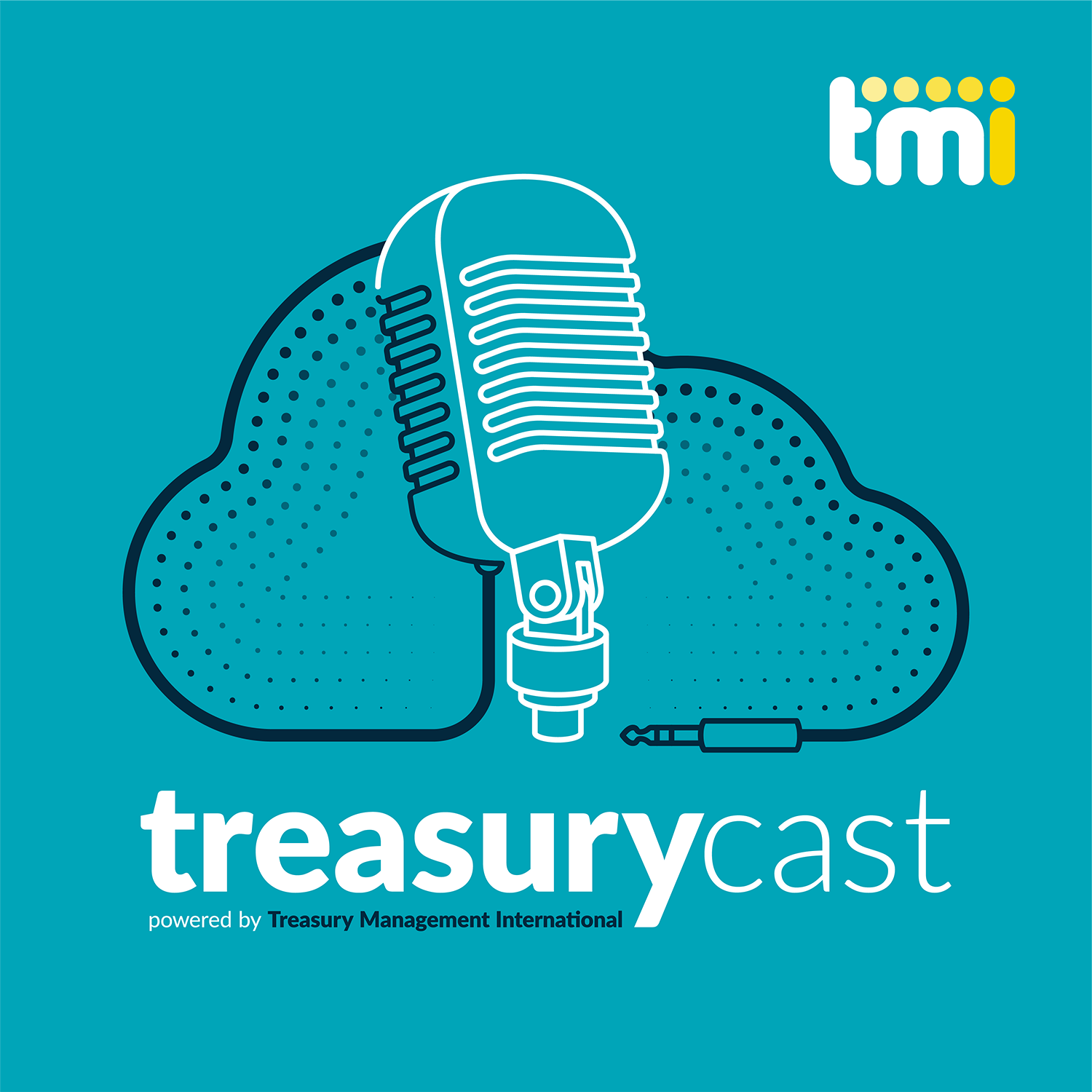Nearly half of C-suite and other executives say that managing working capital will be a high priority for their organisations in the year ahead with 33.6% keeping it a top priority and 14.7% making it a higher priority, according to a Deloitte poll.
Further, 33.5% of polled executives describe their organisations as in “growth mode” following COVID-19-driven disruption — a rate nearly triple that of July 2020 (13.2%), if falling slightly short of predictions at the time which had 45.1% hitting “growth mode” by now.
“It’s encouraging to see many executives remaining focused on managing their organisations’ working capital,” said Anthony Jackson, a Deloitte Risk & Financial Advisory principal who focuses on working capital and liquidity services, Deloitte Transactions and Business Analytics LLP. “As leaders fight to return their organisations to what they deem to be ‘new normal’ operations, sustained commitment from a number of executives working closely together will remain key with so many economic, geopolitical and societal unknowns ahead.”
Should finance and treasury teams coordinate more on working capital management?
Respondents report that CFOs (55.9%) and treasury leaders (15.3%) are most likely to be responsible for improving organisational working capital. However, not all see finance and treasury functions teaming closely on working capital; 25.6% of polled executives say their organisations’ finance and treasury functions could work more closely together on it (25.6%) — and 5.8% of respondents report no such teaming occurs at all.
“It’s worth highlighting that executives who describe their organisations as in ‘growth mode’ are also most likely to say that their finance and treasury teams work as closely together as they should,” said Niklas Bergentoft, Deloitte Risk & Financial Advisory’s treasury advisory leader and a principal, Deloitte & Touche LLP. “Honed forecasting and improved visibility improvements around liquidity improvement and cash generation can better inform executives’ decisions and help position organisations for growth and performance improvement.”
Are accounts receivables practices past due for improvement?
When it comes to accounts receivables (AR), 40% of respondents’ AR teams wait until after invoice due dates to request payment on invoices — with half waiting 1-10 days after due date (20.6%) and the other half waiting until 10+ days after (19.4%) to do so.
Jackson continued, “Sometimes even simple analyses and process improvements can be executed to help improve working capital. For example, proactively analysing customers’ payment behaviors in a manner that goes beyond the typical Days Sales Outstanding (DSO) can help identify opportunities for financial process and organisational financial standing improvements.”
About the online poll
More than 1,700 C-suite and other executives were polled online during a Deloitte webcast titled, “Working capital roundup: A resilient response Q1-20 to Q2-21” on Nov. 16, 2021. Answer rates differed by question. A similar online poll was conducted in July 2020.





